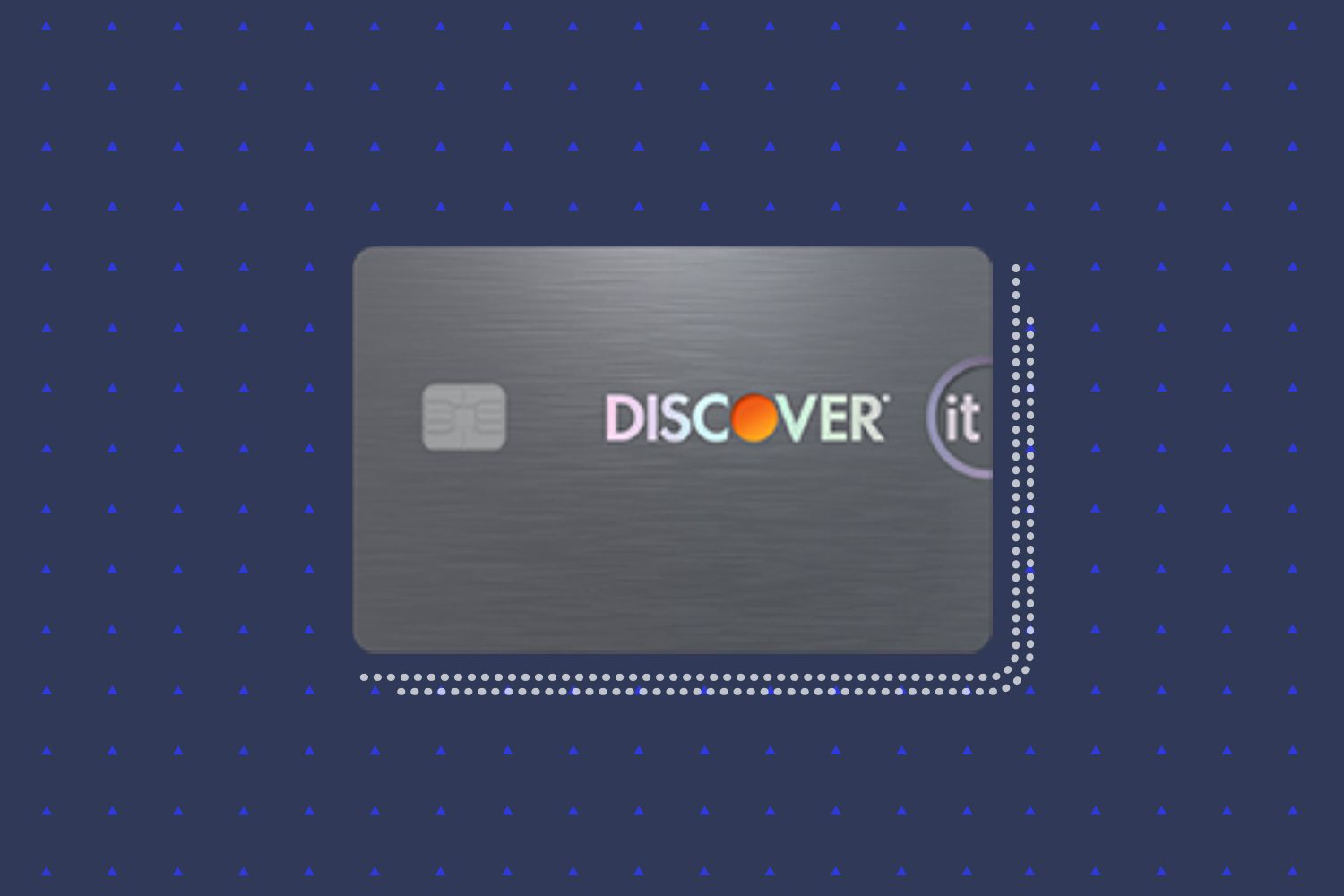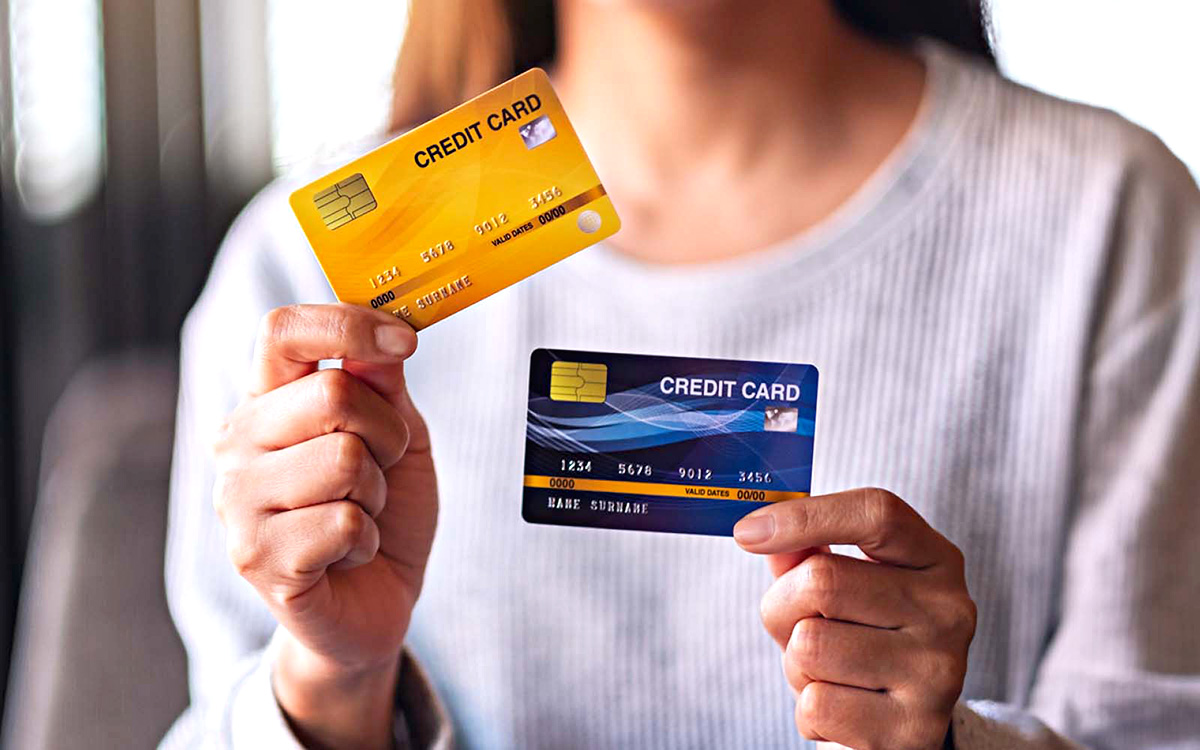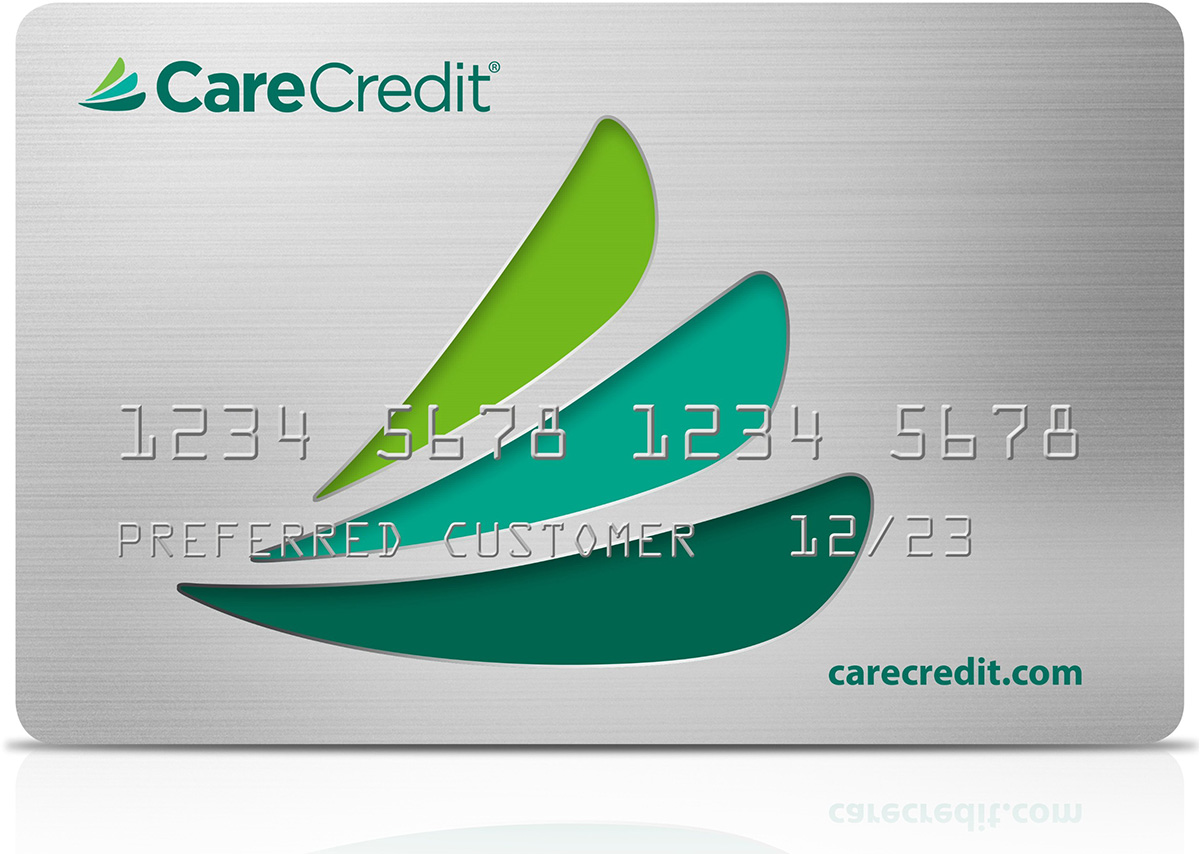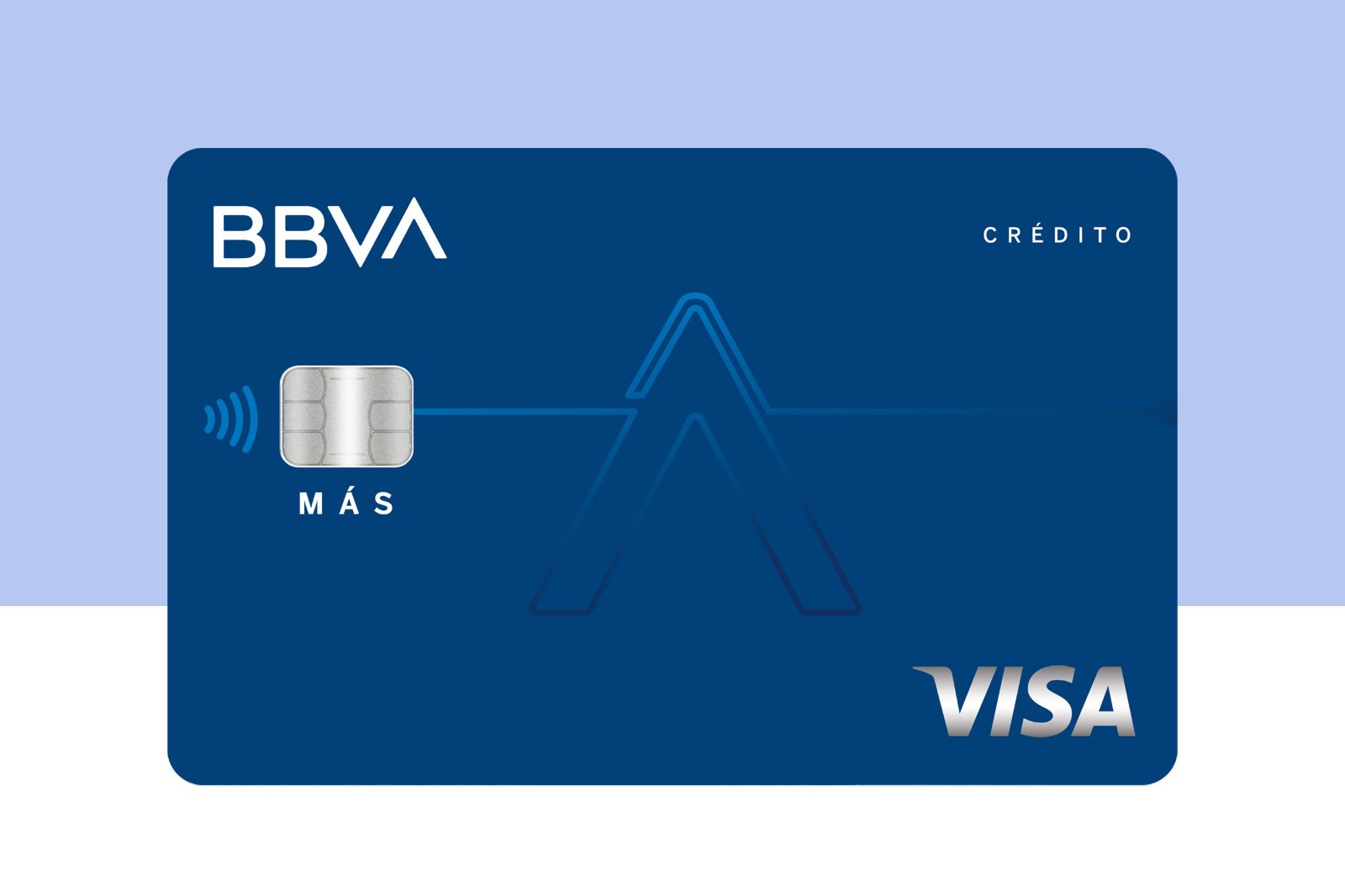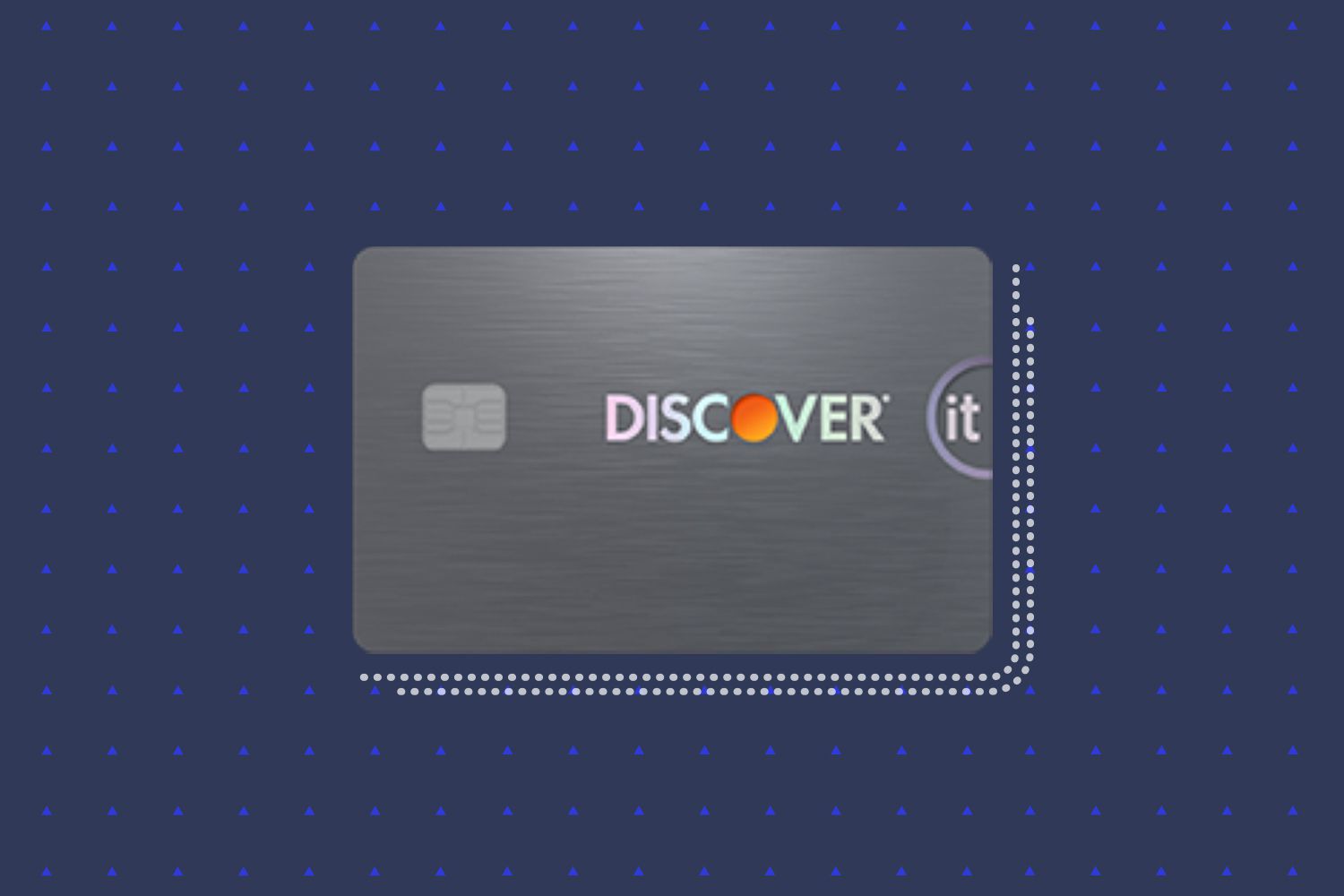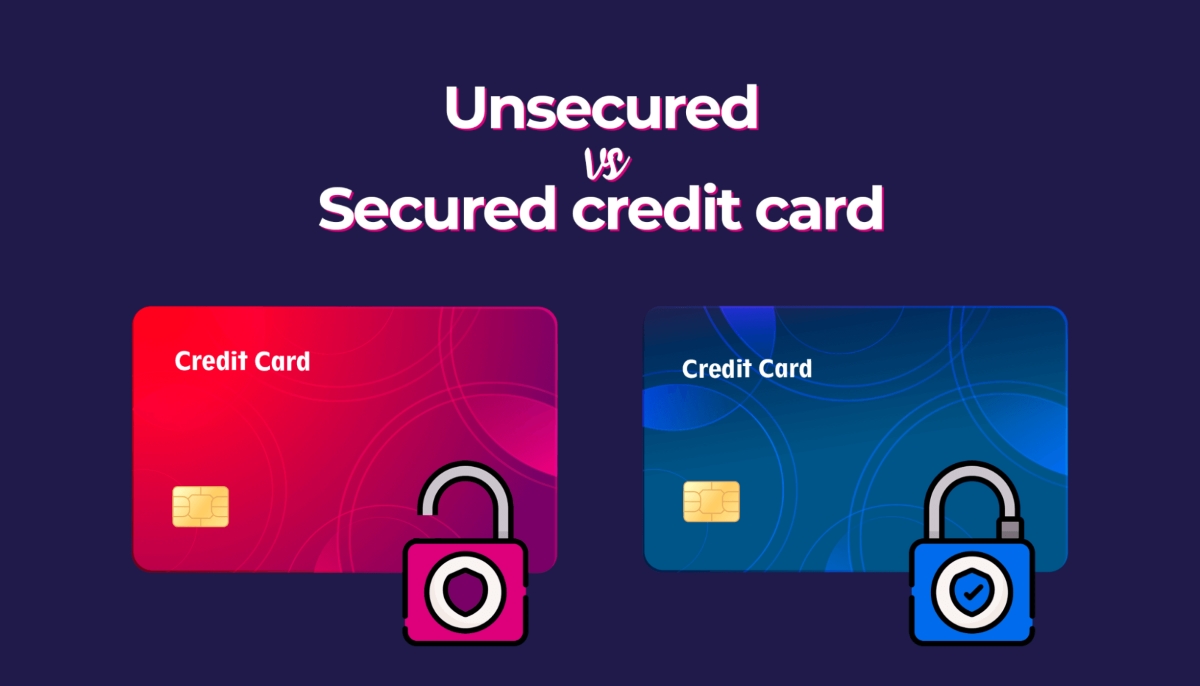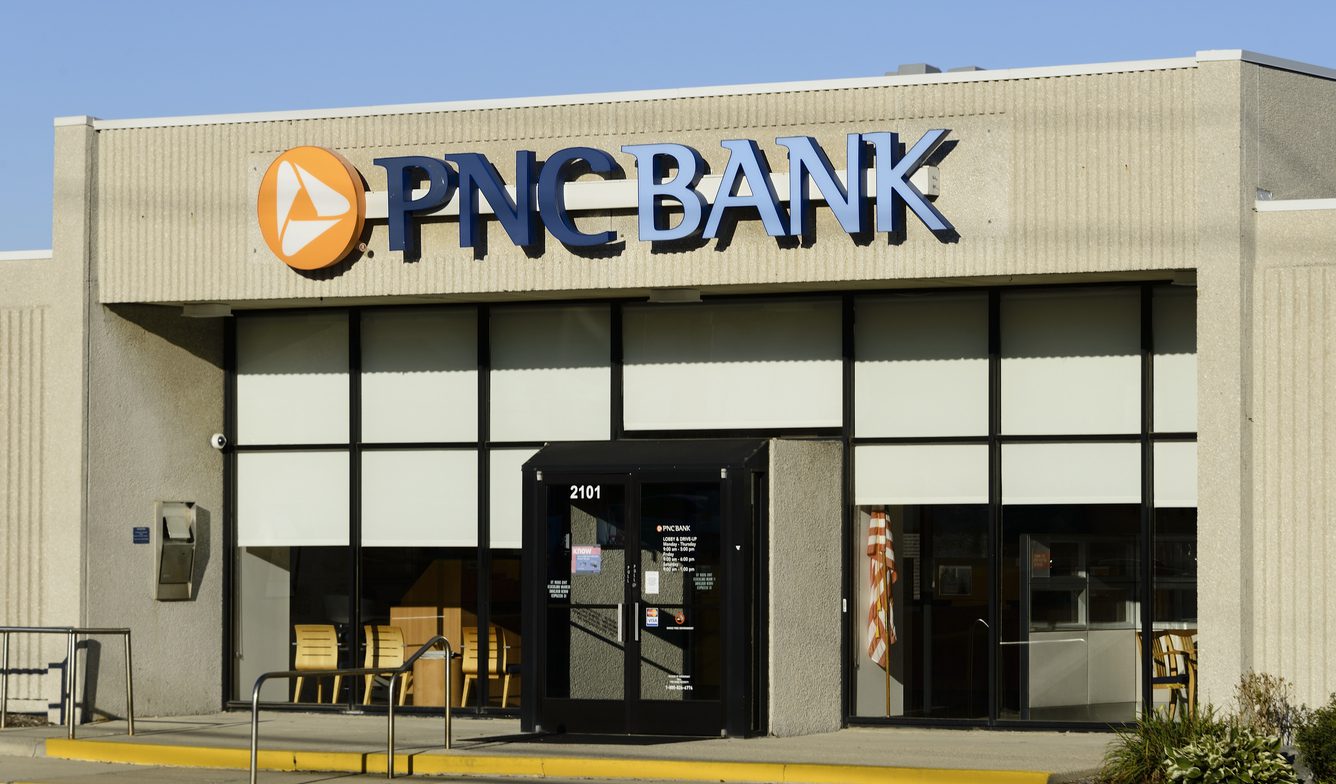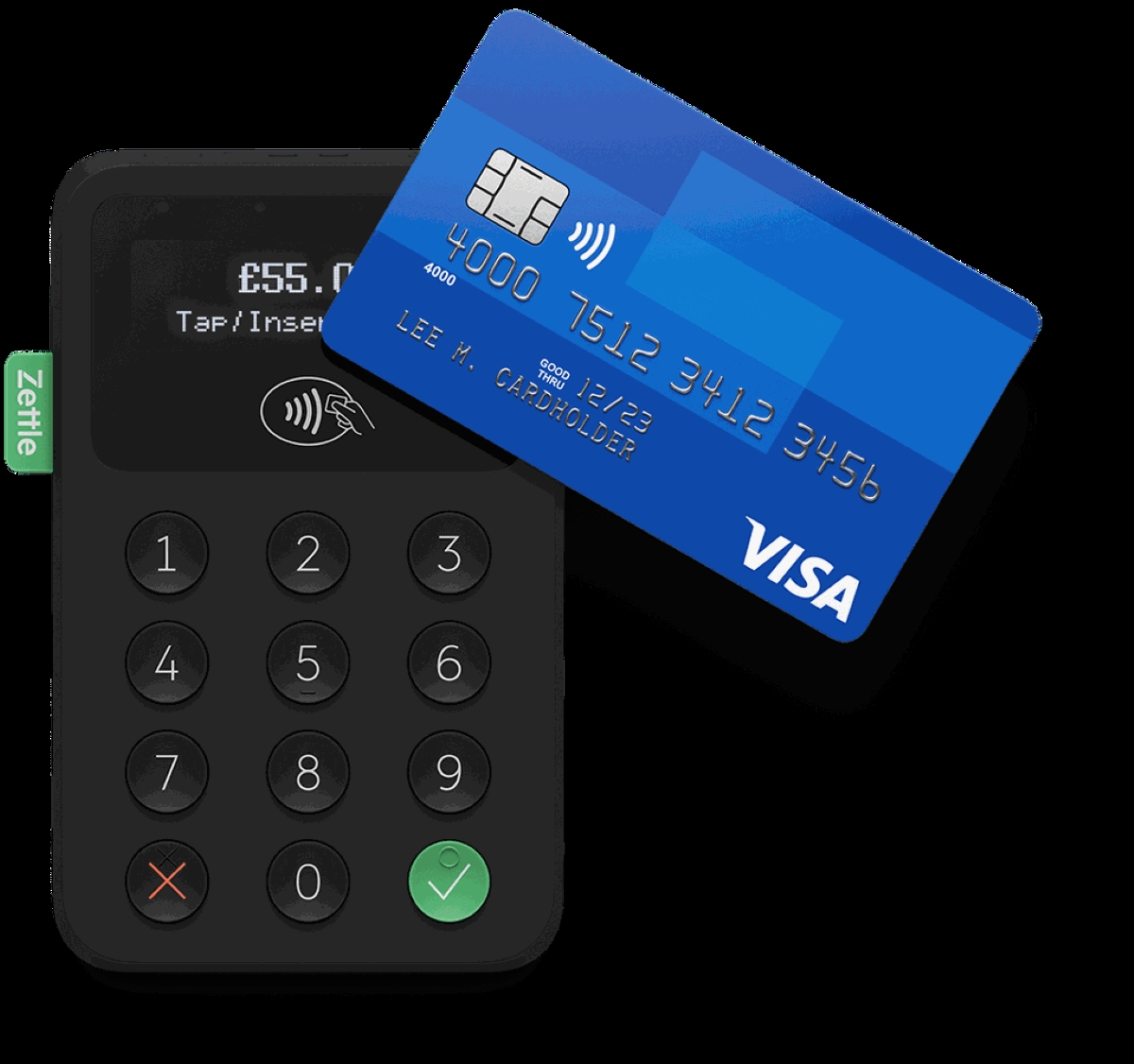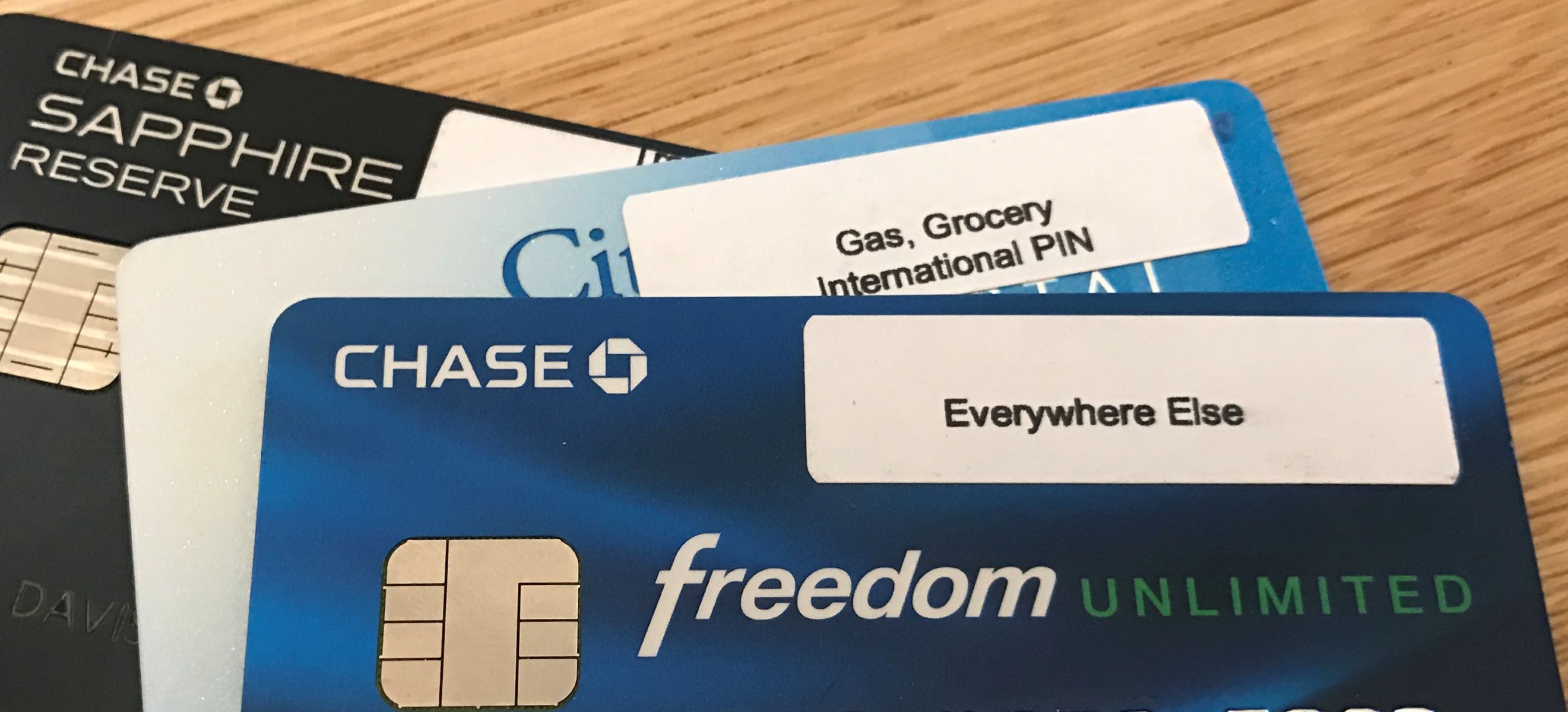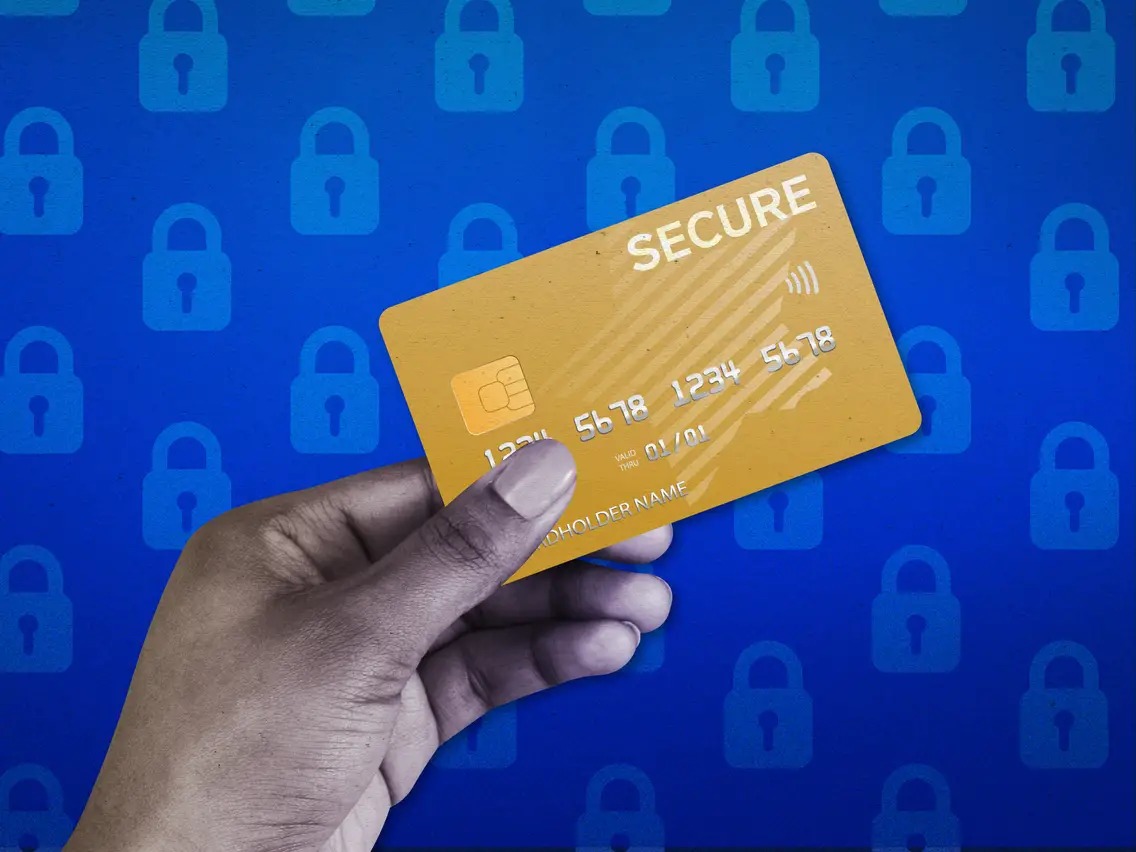

Finance
What Is A Secured Card?
Published: March 1, 2024
Learn how secured cards can help you build credit and manage your finances. Discover the benefits and how to get started in finance.
(Many of the links in this article redirect to a specific reviewed product. Your purchase of these products through affiliate links helps to generate commission for LiveWell, at no extra cost. Learn more)
Table of Contents
Introduction
Secured credit cards are a valuable financial tool for individuals looking to build or rebuild their credit. They offer a pathway to establish a positive credit history and improve credit scores, which is crucial for accessing favorable loan terms, renting an apartment, and even securing employment. Understanding the fundamentals of secured cards, including their benefits, drawbacks, and how to use them effectively, can empower individuals to make informed financial decisions.
By delving into the intricacies of secured cards, we can gain a comprehensive understanding of their role in the financial landscape. From exploring the workings of secured cards to uncovering the steps to obtain one, this article will provide a holistic view of these financial instruments. Moreover, we will examine the advantages and disadvantages of using secured cards, equipping readers with the knowledge needed to navigate the world of credit responsibly.
Join us on a journey through the realm of secured credit cards, where we will unravel the mysteries surrounding these powerful tools and uncover the strategies to leverage them for financial success. Whether you're a seasoned credit user or are just beginning your financial journey, this exploration of secured cards will provide valuable insights and actionable tips to enhance your financial well-being.
What Is a Secured Card?
A secured credit card is a type of credit card that is secured by a cash deposit provided by the cardholder. This deposit serves as collateral and determines the credit limit for the card. Unlike traditional unsecured credit cards, which extend a line of credit based on the cardholder’s creditworthiness, secured cards offer a way for individuals with limited or damaged credit history to access credit.
These cards are often recommended for individuals who are new to credit, have experienced credit challenges in the past, or are working to rebuild their credit. Secured cards function similarly to unsecured cards in that they can be used for purchases, and the cardholder is required to make monthly payments on the outstanding balance. However, the key distinction lies in the security deposit, which mitigates the risk for the card issuer and allows them to extend credit to individuals who may not qualify for unsecured cards.
It’s important to note that while secured cards require a deposit, they are not prepaid cards. The deposit is held as collateral and does not directly cover the card’s charges. Cardholders are still expected to make timely payments on their balances, and the deposit is typically refundable upon closing the account, provided the cardholder has settled any outstanding balances.
Secured cards are a stepping stone for many individuals on their journey to establishing or repairing their credit. By responsibly managing a secured card, cardholders can demonstrate their creditworthiness and work towards qualifying for unsecured cards with higher credit limits and more favorable terms.
How Does a Secured Card Work?
A secured credit card operates on the premise of using a cash deposit as collateral to secure a line of credit. When an individual applies for a secured card, they are required to provide a deposit, which typically determines the initial credit limit. This deposit reduces the risk for the card issuer, as it serves as a guarantee against potential default on the cardholder’s part.
Once approved and issued the secured card, the cardholder can use it for various transactions, just like a traditional credit card. It’s important to manage the card responsibly by making timely payments and keeping the credit utilization low, as these factors contribute to building a positive credit history. The cardholder will receive a monthly statement detailing their charges, minimum payment due, and the due date for the payment.
When the cardholder makes payments on the secured card, the activity is reported to the major credit bureaus, which helps establish a credit history. Timely payments and responsible credit utilization can positively impact the cardholder’s credit score over time. It’s essential to use the secured card judiciously and avoid carrying high balances or missing payments, as these actions can have adverse effects on the cardholder’s credit profile.
As the cardholder continues to demonstrate responsible credit behavior, they may become eligible for an unsecured credit card, and in some cases, the issuer of the secured card may offer to transition the account to an unsecured card. Additionally, some secured card issuers periodically review the cardholder’s account and credit history and may increase the credit limit or upgrade the card to an unsecured version if the cardholder has exhibited consistent positive credit management.
In essence, a secured card serves as a tool for individuals to establish or rebuild their credit. By leveraging the card responsibly and demonstrating financial discipline, cardholders can pave the way for improved credit opportunities in the future.
Benefits of Using a Secured Card
Secured credit cards offer several benefits for individuals who are looking to build or repair their credit. These benefits include:
- Credit Building: Secured cards provide a practical means for individuals with limited or damaged credit history to establish a positive credit profile. By making timely payments and maintaining low credit utilization, cardholders can demonstrate responsible credit management, which is reported to the major credit bureaus and contributes to building a solid credit history.
- Access to Credit: For individuals who may not qualify for unsecured credit cards due to a lack of credit history or previous credit challenges, secured cards offer a viable avenue to access credit. The security deposit mitigates the risk for the card issuer, making it feasible for individuals to obtain a credit card and begin building their credit.
- Financial Discipline: Using a secured card encourages financial discipline and responsible spending habits. Cardholders are required to manage their card balances and make timely payments, fostering a sense of financial responsibility and accountability.
- Potential for Credit Limit Increases: Some secured card issuers review cardholders’ accounts periodically and may offer credit limit increases based on the cardholder’s payment history and overall credit management. This can provide cardholders with additional spending power and positively impact their credit utilization ratio.
- Path to Unsecured Credit: Responsible use of a secured card can pave the way for transitioning to an unsecured credit card in the future. By demonstrating consistent positive credit behavior, individuals may become eligible for unsecured cards with higher credit limits and more favorable terms.
These benefits collectively make secured credit cards a valuable tool for individuals seeking to establish or improve their credit standing. By leveraging the advantages of secured cards and practicing sound financial habits, individuals can set the stage for broader financial opportunities and increased access to credit in the long run.
Drawbacks of Using a Secured Card
While secured credit cards offer numerous benefits, it’s important to consider the potential drawbacks associated with using these financial instruments. Some of the drawbacks include:
- Security Deposit Requirement: Unlike traditional unsecured credit cards, secured cards necessitate a cash deposit to secure the credit line. This requirement can pose a challenge for individuals who may not have the available funds to allocate as a deposit, limiting their ability to obtain a secured card.
- Annual Fees and Other Charges: Many secured cards come with annual fees and other charges, which can add to the overall cost of using the card. It’s essential for individuals to carefully review the fee structure associated with secured cards and select a card with reasonable fees and terms.
- Lower Credit Limits: Secured cards typically have lower credit limits compared to unsecured cards. While the credit limit is determined by the amount of the security deposit, individuals may find the initial credit limit to be restrictive, especially if they require higher purchasing power.
- Interest Rates and APR: Secured cards may carry higher interest rates and annual percentage rates (APR) compared to unsecured cards. It’s crucial for cardholders to be mindful of the interest charges and strive to pay off their balances in full each month to avoid accruing high interest costs.
- Stigma Associated with Secured Cards: There can be a perceived stigma associated with using a secured credit card, as it may signal to others that an individual is rebuilding or establishing credit. While this should not deter individuals from utilizing secured cards, it’s important to be aware of potential social perceptions.
Understanding the potential drawbacks of secured cards enables individuals to make informed decisions regarding their credit options. By weighing the advantages and disadvantages, individuals can determine whether a secured card aligns with their financial goals and circumstances, ultimately guiding them towards responsible credit management and long-term financial well-being.
How to Get a Secured Card
Obtaining a secured credit card involves several key steps, and understanding the process is essential for individuals seeking to embark on their credit-building journey. The following steps outline how to obtain a secured card:
- Research and Comparison: Begin by researching different secured card options offered by various financial institutions. Compare factors such as annual fees, interest rates, credit reporting policies, and additional benefits to identify a secured card that aligns with your financial needs and goals.
- Select a Reputable Issuer: Choose a reputable card issuer with a track record of providing secured cards and supporting cardholders in their credit-building endeavors. Look for issuers with transparent terms and conditions, excellent customer service, and a commitment to helping cardholders establish or rebuild their credit.
- Submit an Application: Once you’ve selected a secured card that meets your criteria, complete the application process through the issuer’s website or by visiting a local branch. Be prepared to provide personal information, such as your Social Security number, employment details, and financial information, as part of the application.
- Provide a Security Deposit: Upon approval of your application, you will be required to provide a security deposit to activate the secured card. The deposit amount typically determines the initial credit limit of the card. Ensure that you have the necessary funds available to secure the card.
- Receive and Activate the Card: Once the security deposit is submitted, the issuer will issue the secured card to you. Upon receiving the card, activate it as per the issuer’s instructions, which may involve contacting the issuer or visiting their website to complete the activation process.
- Manage the Card Responsibly: Upon activation, begin using the secured card for purchases within your credit limit. Make timely payments on the card and strive to keep your credit utilization low to demonstrate responsible credit management. Consistent, positive credit behavior will contribute to building a favorable credit history.
By following these steps and managing the secured card responsibly, individuals can lay the groundwork for establishing or improving their credit. It’s important to view the secured card as a tool for financial empowerment and to utilize it in a manner that aligns with long-term credit and financial goals.
Tips for Using a Secured Card
Effectively managing a secured credit card is essential for establishing a positive credit history and maximizing the benefits of the card. The following tips can help individuals make the most of their secured card:
- Make Timely Payments: Paying the secured card balance on time each month is crucial for building a positive credit history. Late payments can have a detrimental impact on credit scores and may result in additional fees.
- Keep Credit Utilization Low: Aim to keep the credit utilization ratio—the amount of credit used compared to the total credit limit—low. Maintaining a low utilization rate demonstrates responsible credit management and can positively influence credit scores.
- Avoid Carrying High Balances: While it’s important to use the secured card for purchases, try to avoid carrying high balances from month to month. Paying off the full balance or keeping balances low can contribute to a healthier credit profile.
- Monitor Your Credit Score: Stay informed about your credit standing by monitoring your credit score regularly. Many financial institutions and credit monitoring services offer free access to credit scores, allowing you to track your progress and identify areas for improvement.
- Upgrade to an Unsecured Card: As your credit improves, inquire with the card issuer about the possibility of transitioning to an unsecured credit card. Some issuers may offer to upgrade the secured card to an unsecured version or provide options for obtaining an unsecured card based on your credit performance.
- Review and Understand the Terms: Familiarize yourself with the terms and conditions of the secured card, including the annual fees, interest rates, and any additional charges. Understanding the card’s features and costs empowers you to make informed decisions about its use.
- Build an Emergency Fund: In conjunction with using the secured card, work towards building an emergency fund to cover unexpected expenses. Having savings in place can prevent the need to rely solely on credit in times of financial strain.
By incorporating these tips into your approach to using a secured card, you can optimize the card’s benefits and set the stage for a stronger financial foundation. Responsible credit management, combined with strategic financial habits, can lead to increased creditworthiness and expanded opportunities for accessing credit in the future.
Conclusion
Secured credit cards serve as a valuable tool for individuals seeking to establish or rebuild their credit. By providing a pathway to access credit and demonstrate responsible financial behavior, secured cards offer a means to build a positive credit history and improve credit scores. While they come with certain requirements and considerations, secured cards empower individuals to take control of their credit journey and work towards broader financial opportunities.
Understanding the intricacies of secured cards, including their benefits, drawbacks, and the steps to obtain and utilize them effectively, is crucial for making informed financial decisions. By leveraging a secured card responsibly, individuals can lay the groundwork for transitioning to unsecured credit cards with higher credit limits and more favorable terms, ultimately expanding their financial horizons.
As individuals embark on their credit-building journey with secured cards, it’s important to prioritize timely payments, maintain low credit utilization, and stay informed about their credit standing. Additionally, exploring the possibility of upgrading to an unsecured card as credit improves can present new avenues for financial growth and stability.
Ultimately, secured credit cards represent a stepping stone towards achieving financial goals and accessing credit on favorable terms. By embracing the principles of financial discipline and leveraging the benefits of secured cards, individuals can forge a path towards long-term financial well-being and greater financial empowerment.

